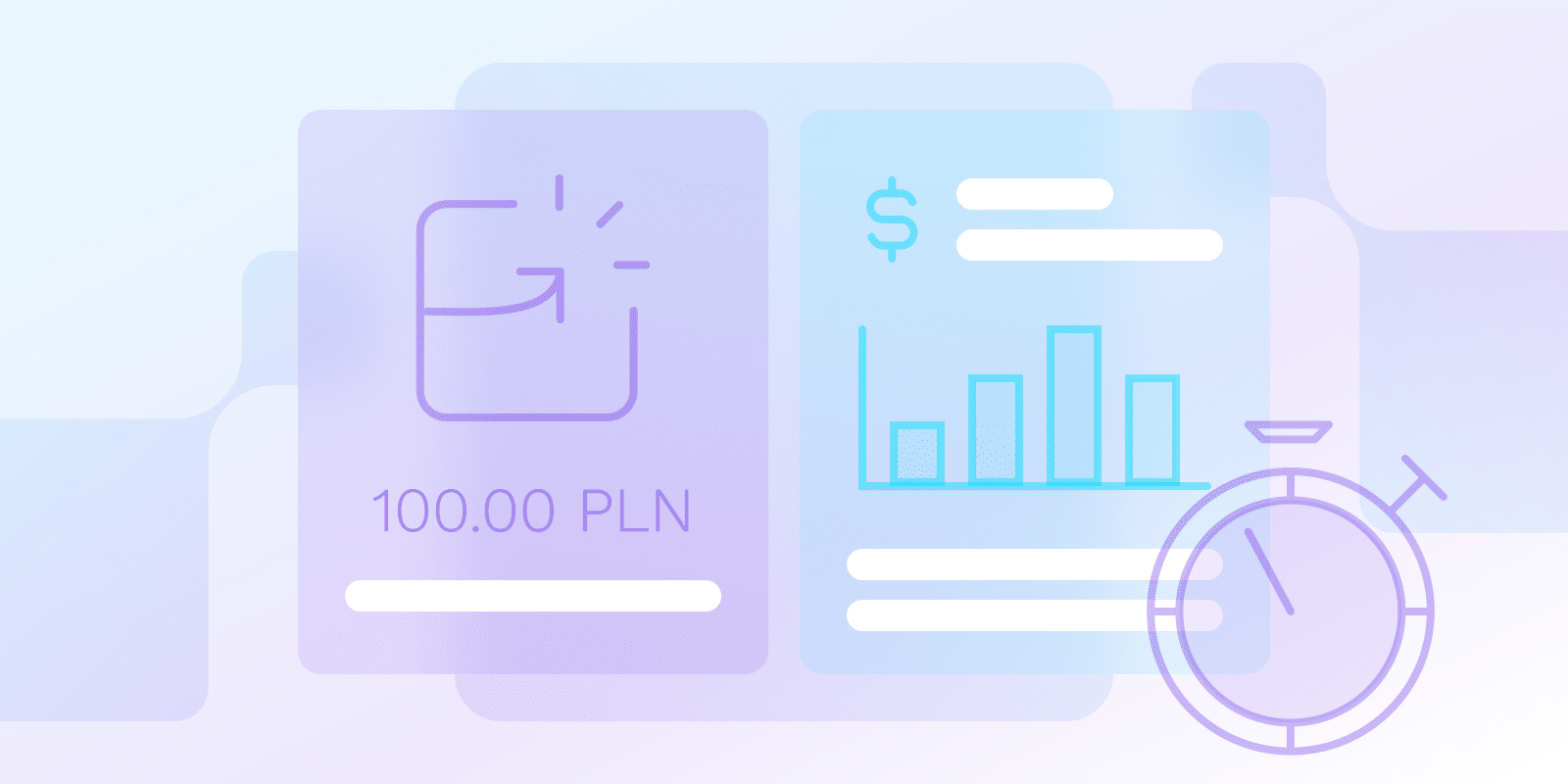SaaS Sales
What Are SaaS Sales Metrics and KPIs?

What Are SaaS Sales Metrics and KPIs?
- Sales Metrics: These are data points quantifiable to track various parts of the sales process like the generation of leads, rates of conversion, and average deal size.
- Key Performance Indicators (KPIs): KPIs are specific metrics necessary for business growth. They also could potentially help assess whether sales efforts are on track to achieve those goals.
What is the Difference Between KPIs and Sales Metrics?
Sales metrics could be best evaluated as raw ingredients for business performance analysis. KPIs could be illustrated as carefully selected recipes to check whether the dish (sales strategy) runs as expected. It could be said that all KPIs are metrics; however, not all metrics are KPIs.
To buttress this, “number of website victors” is a metric; however, “Customer Lifetime Value” is a KPI that directly reflects your long-term profitability.
What Are the Most Important Sales Metrics for SaaS Companies?
While every SaaS business is unique, there are certain essential metrics that do apply across the board:
- Monthly Recurring Revenue (MRR): The business’s predictable monthly income from subscriptions, which could be considered the lifeblood of SaaS.
- Customer Acquisition Cost (CAC): The amount it costs to get a new customer.
- Customer Lifetime Value (CLV): The calculation of the value that a customer brings to a business by their relationship.
- Churn Rate: Another metric is the percentage of customers who cancel their subscriptions.
- Sales Cycle Length: The average time to close a business deal.
| Metric | What It Measures | Business Impact |
|---|---|---|
| Revenue Metrics | ||
| Monthly Recurring Revenue (MRR) | Predictable monthly income from subscriptions | Indicates business stability and growth potential |
| Customer Lifetime Value (CLV) | Total value generated from customer relationship | Helps determine long-term customer profitability |
| Cost Metrics | ||
| Customer Acquisition Cost (CAC) | Cost to acquire new customers | Affects profitability and marketing efficiency |
| Sales Cycle Length | Time taken to close deals | Impacts resource allocation and revenue forecasting |
| Customer Metrics | ||
| Churn Rate | Percentage of subscription cancellations | Reflects customer satisfaction and retention effectiveness |
Businesses should regularly track and analyze metrics to identify trends and areas requiring improvement.
How Can SaaS Companies Use Sales Metrics to Improve Performance?
The major compasses for growing a business are sales metrics and KPIs. These are subsequent results from tracking these data points:
- Identify Bottlenecks: Businesses should consider if their CAC is too high. Also, the length of their sales cycle. These metrics could help identify areas to be improved.
- Forecast Revenue: With a good understanding of MRR and turn rate, future events can be predicted and plans subsequently made.
- Optimize Marketing and Sales: There is also the question of whether specific campaigns are generating high-value customers. Metrics could also be analyzed to allocate resources effectively.
- Improve Customer Retention: Churn and customer satisfaction metrics could be monitored to reduce customer turnover.
For example, if a business has a high churn rate, investigations should be carried out on why customers leave. Modifications to the product may be implemented to align with customer requirements. Additionally, appropriate customer support could be integrated.
What Are the Challenges of Tracking and Analyzing SaaS Sales Metrics?
While essential to businesses, tracking and analyzing sales metrics can present some challenges:
- Data Overload: Businesses need to concentrate on the most important aspects of their businesses. This is to prevent a sheer overwhelm of the volume of data available.
- Data Accuracy: Businesses should ensure the data collection is accurate and reliable. Businesses should invest in analytic tools and robust reporting.
- Attribution: Attribution of revenue to specific marketing and sales could be difficult. Businesses could explore multi-touch attribution models to gain clearer insights.
Conclusion
The mastery of SaaS sales metrics and KPIs is an ongoing journey. Data collected by firms may potentially inform decision-making processes. This trend could potentially contribute to growth in Saas enterprises.